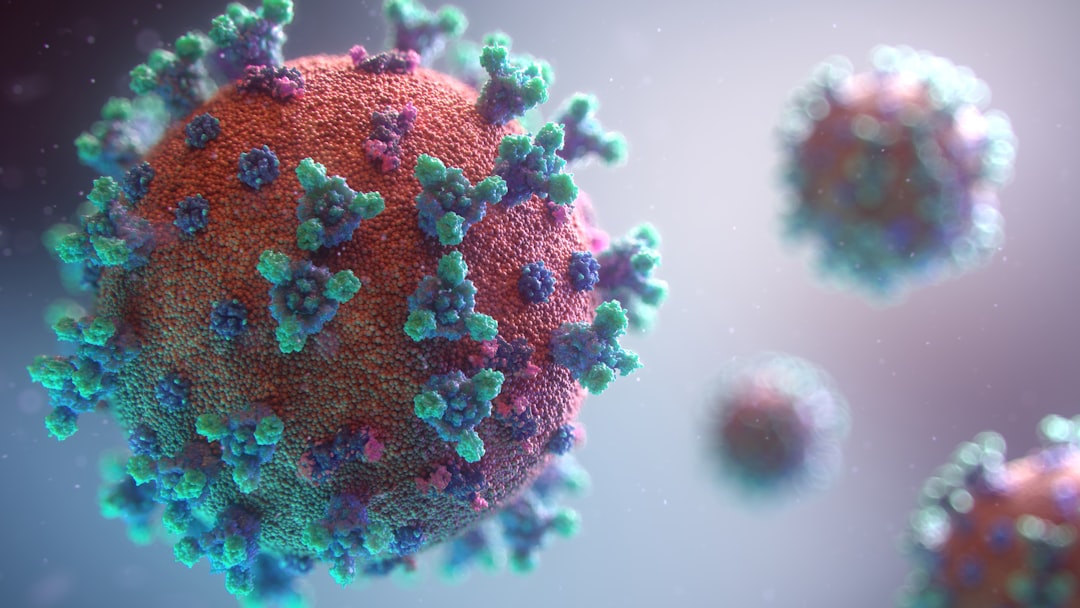What is it about?
Phenytoin is a commonly prescribed anticonvulsant drug; however, there is evidence that long-term administration is related to cerebellar ataxia, cerebellar atrophy, loss of Purkinje cells, and hyperplasia of Bergman glia cells. The aim of the present study was to detect and describe any possible alterations of the Purkinje cells, and neurons of the dentate nucleus, as those can be seen with the use of silver impregnation techniques, such as Golgi and Nauta method
Featured Image

Photo by freestocks on Unsplash
Why is it important?
We describe the neuropathological alterations in the cerebellar cortex caused by phenytoin explaining the clinical phenomena of the cerebellar dysfunction in cases treated by phenytoin
Perspectives
Limitation of the therapeutic application of phenytoin in childhood is suggested
Professor Stavros J Baloyannis or Balogiannis or Balojannis or Baloyiannis or Mpalogiannis
Aristotle University of Thessaloniki
Read the Original
This page is a summary of: Dendritic, Axonal, and Spinal Pathology of the Purkinje Cells and the Neurons of the Dentate Nucleus After Long-Term Phenytoin Administration, Journal of Child Neurology, September 2012, SAGE Publications,
DOI: 10.1177/0883073812455694.
You can read the full text:
Contributors
The following have contributed to this page










